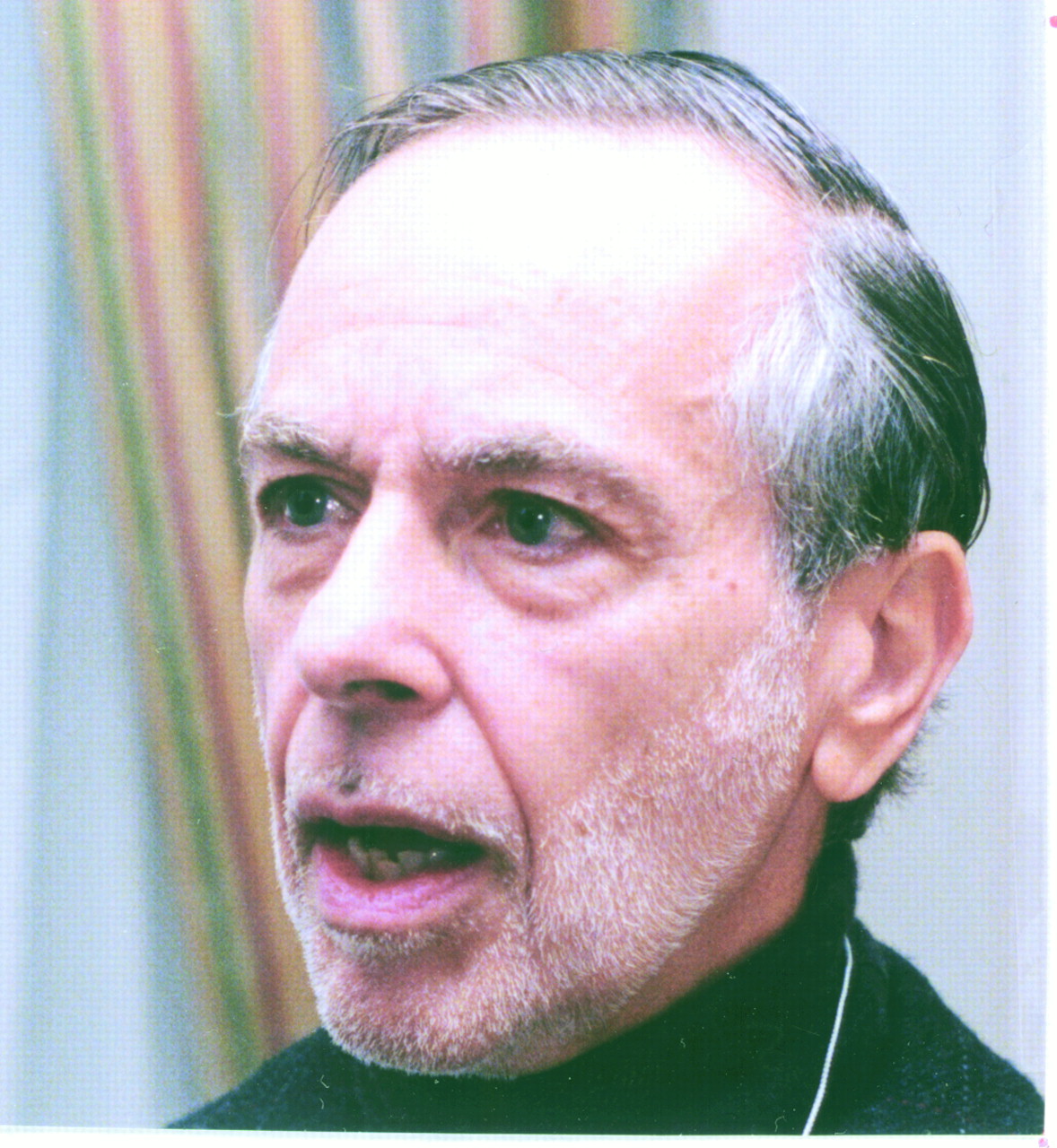Don’t Ignore Dream Content In Therapy, Psychoanalyst Advises

Sheldon Roth,M.D.: “A dream is such a powerful communicator.”
Among the highlights of his presentation was that a dream has many elements, which Freud called “the dream work.” For instance, a dream is mostly visual, although some sound may also enter it; the other three senses are rarely represented. In contrast, a dream may contain synesthesia, that is, a concomitant sensation—a color might be experienced as hot, for example, or a musical tone as cool to the touch.
As for the action in a dream, it is usually condensed, so that it is difficult to describe to someone else. And the dream of a mentally healthy person is usually populated with a number of people, whereas the dream of a psychotic individual is often barren of “Them.”
Over the years Freud came to the conviction that dreams contain symbols. Although most of these symbols are of a personal nature, “there are universal symbols that seem to hold up,” Roth said. For instance, houses often symbolize women or women’s bodies. “These are cultural things that are burned in from childhood,” Roth explained, “and such symbols persevere in spite of these days of political correctness.”
He pointed out as well that while some psychoanalysts view dreams as nothing more than slips of the tongue, Freud thought they were more: a privileged form of communication. Roth agreed. “A dream is such a powerful communicator,” he declared.
If patients report a dream to their therapist, the therapist should respond to it, he asserted, because it will undoubtedly contain material that reveals information about the patient’s current psychological state.
When patients tell the therapist, “I had the strangest dream last night,” it may mean that they feel humiliated by it and believe that the only way to approach it with their therapist is through self-denigration. Or patients may make such a comment because they feel embarrassed about revealing to the therapist that they are capable of feeling so deeply. It is amazing, Roth said, how many essentially noncreative people can go to bed at night and “experience the most incredible phenomena.”
Emotional Distress Clues
Roth explained as well that dreams often constitute efforts to resolve emotional difficulties. Most of the dreams that patients share with their psychotherapists have to do with emotional distresses, Roth pointed out. In fact, people often dream about things that trouble them, he added, and when they do so, their dreams constitute attempts at solving these emotional problems.
For instance, patients may dream early in the night about some troubling event from earlier in the day, and the dream is an attempt to resolve feelings about that event. They may continue to dream about the event throughout the night, and each time attempt to work through feelings about the event a little more. And as they go about trying to resolve concerns about the event in that night’s dreams, they may also incorporate flashbacks of traumas from earlier in life that provide information to the patient about the current dilemma and how to solve it. When such patients wake up in the morning in a positive state of mind, it may be because they successfully dealt with the emotional problem throughout the night’s dreams.
Evidence that dreams often constitute efforts to resolve emotional difficulties, Roth said, lies in the fact that people increase their dreaming after psychologically stressful life events.
Predictions of the Future?
A few days before he was assassinated, President Abraham Lincoln dreamed that a bier holding a corpse was displayed in the East Room of the White House. In his dream Lincoln found himself asking someone who the corpse was, and the person replied that it was the President, and that he had been killed by an assassin. This dream reflected Lincoln’s guilt about the Civil War and his expectation that he would be punished for it, Roth contended. “I do not believe in prophetic dreams,” he declared. ▪



